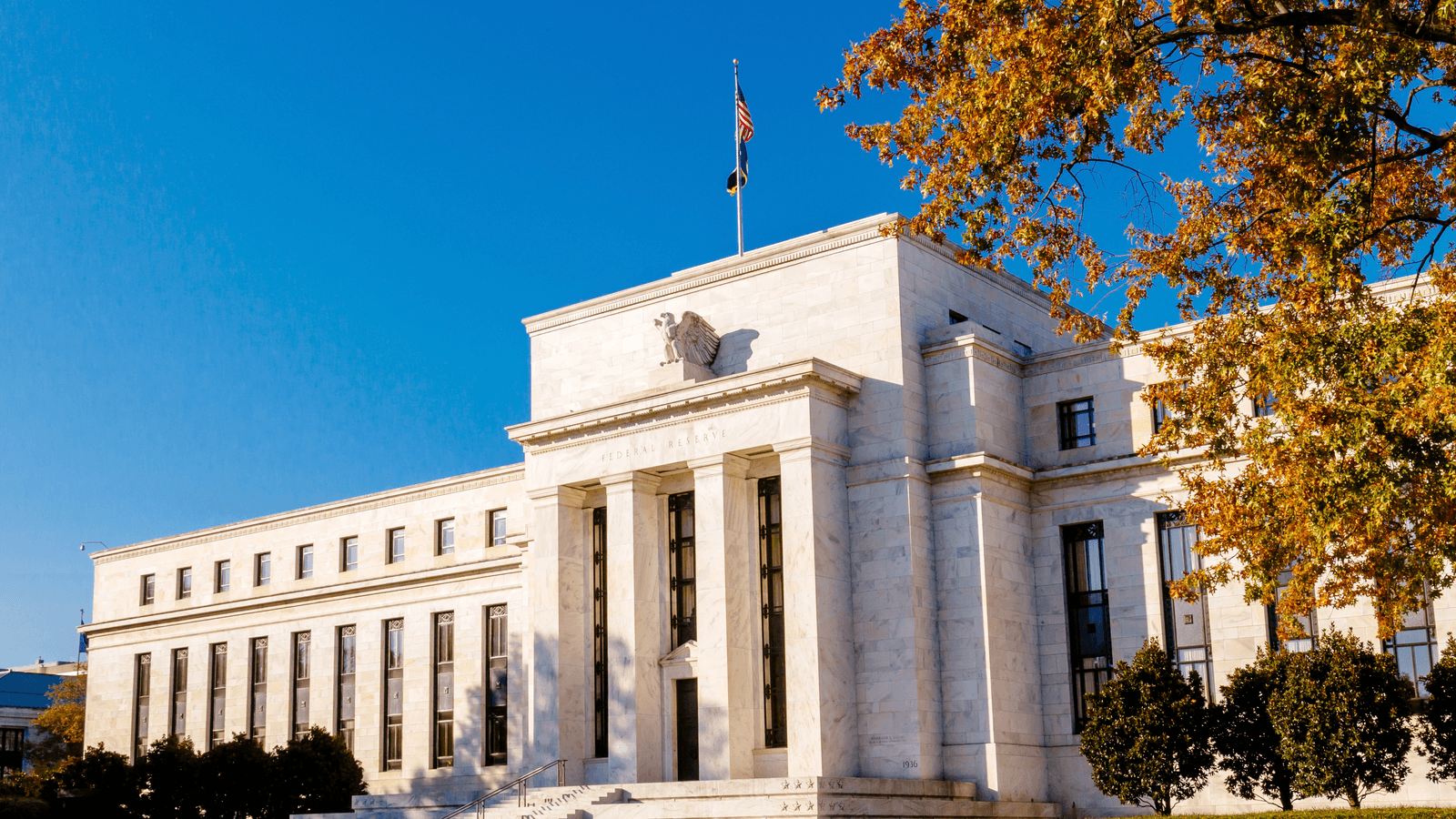We assess what the Fed’s latest monetary-policy signaling could mean for bond markets.
Key Points
- The US Federal Reserve looks set to shift to a rate-hiking cycle in March after a hawkish meeting.
- Quantitative easing looks set to end in March, and we expect quantitative tightening to commence in July.
- We would expect the 10-year US Treasury yield to peak at around 2.15% by mid-year, before dropping back.
- We liken the current gradual rate-rise environment to 2003-6, when the economy was recovering from the technology, media and telecommunications (TMT) bust.
- We think that the market pricing of higher rates is currently justified but may be starting to get a bit ahead of itself.
- For now, we would expect US bond yields to continue to rise, and the curve to continue to flatten.
In its latest and much-anticipated meeting on January 26, the US Federal Reserve (Fed) confirmed March as the likely starting point for its monetary-policy shift to a rate-hiking cycle. With financial markets broadly already on board with such a move, quantitative easing (QE) will end in March. Meanwhile, the debate around when the Fed initiates quantitative tightening (QT) – the intention to stop reinvesting in (and thus reduce) its balance sheet – has now commenced. Most market observers expect this next stage to begin in earnest in July this year, but what will the impact be on markets?
Quiet Reaction…So Far
Much of what is described above was expected, so markets were initially quiet. However, what was striking was the tone of the Fed’s press conference, which has been construed as being more hawkish than some expected, with hints that the Fed could and would do more if the data allowed, owing to tightness in the US labor market.
The overnight reaction (January 26) saw the yield curve flatten and real yields rise. The US dollar also jumped notably higher. As we look on January 27, the front end is now pricing in the expectation of 4.7 rate hikes this year, to 1.26%, while two-year US Treasury yields have reached 1.2%, and could potentially get to 1.5% if more rate rises are priced in as we move through the year. Meanwhile, the yield on 10-year US Treasuries breached 1.80% and we would expect it to peak at around 2.15% by mid-year, before dropping back. The credit market remained stable, but it will be concerned about the reaction of equity markets as we move forward, while other developed government-bond markets were playing catch-up.
Money Still to Be Made in Fixed Income
Despite the current predicament in bond markets, we believe that money can still be made when bond yields are rising. To an extent, we see conditions today as being somewhat akin to the period between 2003-2006, when the Fed initiated a sequence of rate rises. Back then, the gradual rise in rates was owing to a sluggish economic recovery from the technology, media and telecommunications (TMT) bust in 2001, which acted as a drag. As the global economy continues along its post-Covid recovery path, we see similar slow-growth parallels with that earlier period and expect this to mean that the Fed will continue to raise rates at a more gradual pace. We believe that investing in bonds in an environment when rates are rising slowly can lead to positive returns if one scales up gradually and reinvests coupons into the higher rates.
We think that the market pricing of higher rates is currently justified but may be starting to get a bit ahead of itself. That being said, it seems inevitable to us that bond markets will overestimate rate increases until we see hard evidence of a cooling off in the economy. To that end, the oil-price reaction to the Fed’s news was telling, as it rose yet again – despite the hawkish Fed rhetoric – on the assumption that the global economy is still doing well. In terms of currency moves, we believe that the US dollar has started what we think will be its final leg higher.
Rate Rises and QT to Check Growth and Inflation?
One question that markets and investors need to ponder is whether the combination of higher interest rates and the initiation of QT will be enough to bring about a slowdown in growth expectations, and possibly a decline in inflation expectations. For now, though, we would expect US bond yields to continue to rise, and the curve to continue to flatten (bear flattening) over the medium term.
Any reference to a specific security, country or sector should not be construed as a recommendation to buy or sell this security, country or sector. Please note that strategy holdings and positioning are subject to change without notice.
Important information
This is a financial promotion. Issued by Newton Investment Management Limited, The Bank of New York Mellon Centre, 160 Queen Victoria Street, London, EC4V 4LA. Newton Investment Management Limited is authorized and regulated by the Financial Conduct Authority, 12 Endeavour Square, London, E20 1JN and is a subsidiary of The Bank of New York Mellon Corporation. 'Newton' and/or 'Newton Investment Management' brand refers to Newton Investment Management Limited. Newton is registered in England No. 01371973. VAT registration number GB: 577 7181 95. Newton is registered with the SEC as an investment adviser under the Investment Advisers Act of 1940. Newton's investment business is described in Form ADV, Part 1 and 2, which can be obtained from the SEC.gov website or obtained upon request. Material in this publication is for general information only. The opinions expressed in this document are those of Newton and should not be construed as investment advice or recommendations for any purchase or sale of any specific security or commodity. Certain information contained herein is based on outside sources believed to be reliable, but its accuracy is not guaranteed. You should consult your advisor to determine whether any particular investment strategy is appropriate. This material is for institutional investors only.
Personnel of certain of our BNY Mellon affiliates may act as: (i) registered representatives of BNY Mellon Securities Corporation (in its capacity as a registered broker-dealer) to offer securities, (ii) officers of the Bank of New York Mellon (a New York chartered bank) to offer bank-maintained collective investment funds, and (iii) Associated Persons of BNY Mellon Securities Corporation (in its capacity as a registered investment adviser) to offer separately managed accounts managed by BNY Mellon Investment Management firms, including Newton and (iv) representatives of Newton Americas, a Division of BNY Mellon Securities Corporation, U.S. Distributor of Newton Investment Management Limited.
Unless you are notified to the contrary, the products and services mentioned are not insured by the FDIC (or by any governmental entity) and are not guaranteed by or obligations of The Bank of New York or any of its affiliates. The Bank of New York assumes no responsibility for the accuracy or completeness of the above data and disclaims all expressed or implied warranties in connection therewith. © 2020 The Bank of New York Company, Inc. All rights reserved.
In Canada, Newton Investment Management Limited is availing itself of the International Adviser Exemption (IAE) in the following Provinces: Alberta, British Columbia, Ontario and Quebec and the foreign commodity trading advisor exemption in Ontario. The IAE is in compliance with National Instrument 31-103, Registration Requirements, Exemptions and Ongoing Registrant Obligations.





